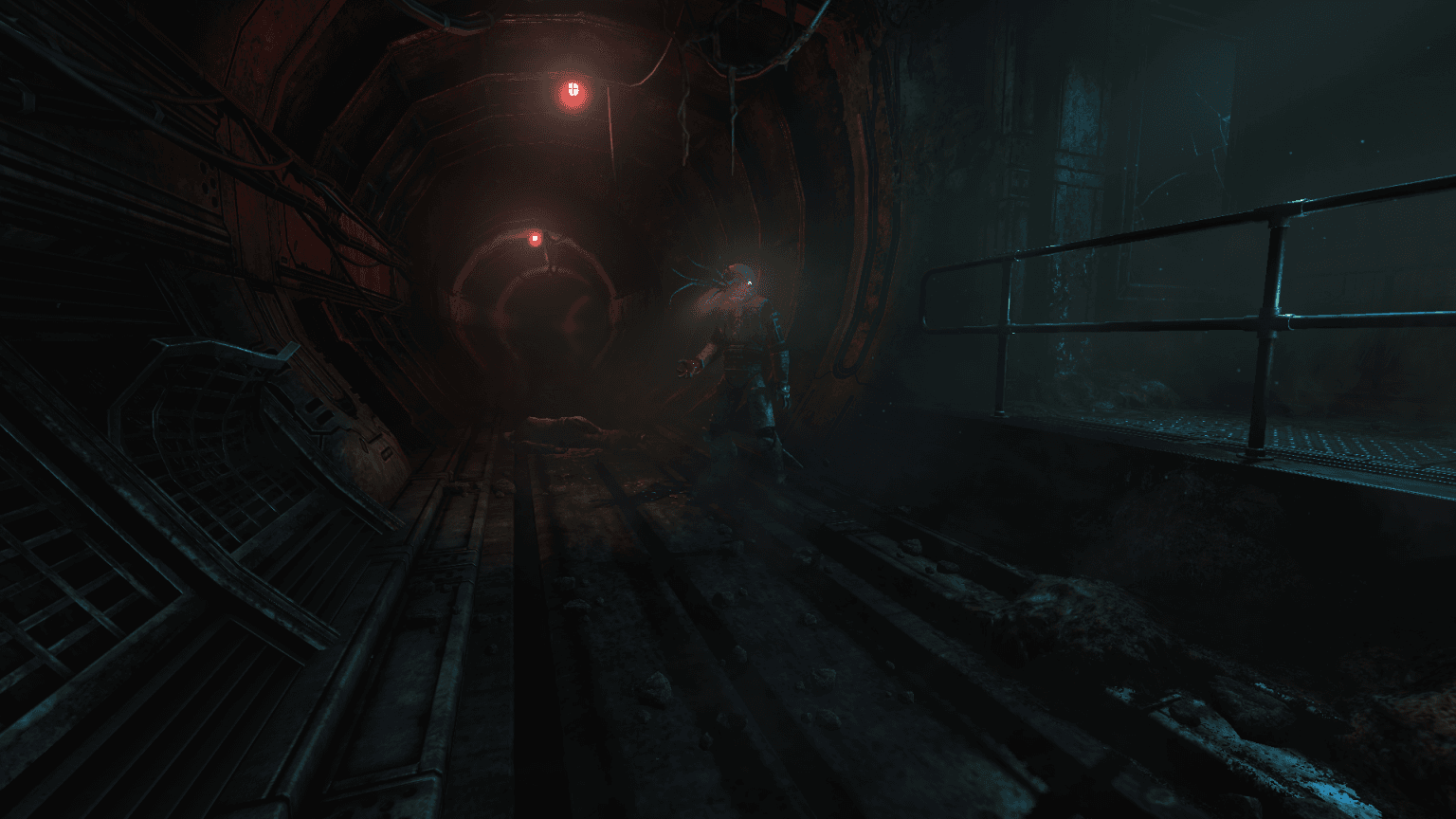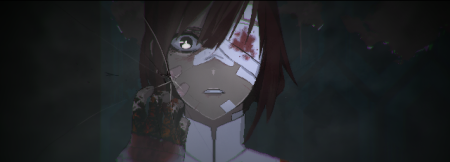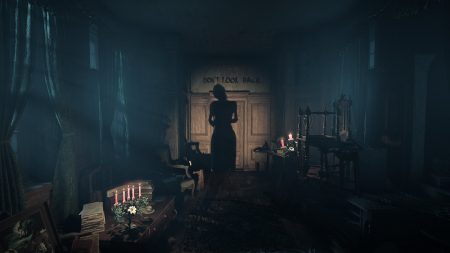I like to joke that my brain is carved into three sections. You have the main section, doing work things and life stuff. You have the middle section, dedicated to thinking about Brothers: A Tale of Two Sons and the psychological damage it inflicted upon me. And the third, rightmost part, is dedicated to thinking about 2015’s SOMA from Frictional Games.
Famed for their work on the Amnesia and Penumbra series of games, Frictional are the masters of the slow-burn horror experience. With a focus on creeping atmosphere and slow enemies, their games tend to touch on the very corners of the human experience. Penumbra pokes at the idea of dreams and imagination, and how the horrors we conjure in our mind are always worse than what surrounds us. Amnesia attacks memory, and how the mistakes we make can haunt us long after we ourselves have forgotten them. But none of Frictional’s other works compare to the psychological questions at the heart of SOMA.
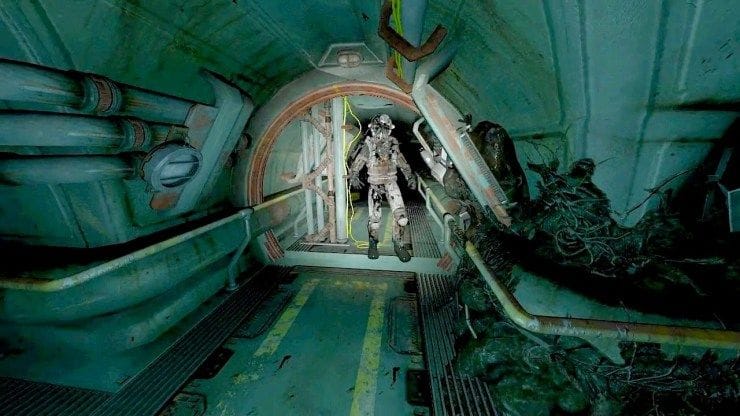
What We Are
Like the other parts of the Frictional catalog, SOMA is a game with no combat. You control Simon Jarrett, who awakens in 2104 after a car crash in 2015. Unsure of how and why he has been transported into the future, SOMA follows Simon as one of the last beings alive after a catastrophic meteor strike wiped out life on Earth. You journey through PATHOS-II, a station dedicated to preserving that human experience continues on with help from a voice on the radio calling herself Catherine. It’s up to you to save the human race while avoiding hostile robots sent by the Warden, the station’s AI that has gone rampant.
As you can probably guess, SOMA has a few tricks up its sleeve. There’s not much more I can say wiwthout spoilers, so the last high-level thing I can say without spoilers is that SOMA wants you to ask yourself what the human experience really is, and what makes a person a person. Is flesh the meaning of human life, or can life continue after we leave our born forms behind? Also, what is more terrifying: deep space or the deep sea?
I highly recommend checking SOMA out before reading further. The entire experience takes around nine hours, and is a great compliment to Scary Season. But now, let’s dive deep into why I can’t stop thinking about it, even a decade later.

Who We Are
To start, you are not Simon Jarrett. At least, not the original Simon Jarrett. You are a brain scan that all AI is built upon, taken from the dying mind of the original Simon Jarrett in 2015. That Simon Jarrett volunteered for an experimental brain scan and reconstruction procedure to recover from the injuries sustained in the aforementioned car crash. It didn’t work. But that scan became the foundation on which all artificial intelligence is built upon. By the 2060s, every AI you came across had some shadow of Simon Jarrett built into its code.
The Simon Jarret the player controls is a historical brain scan uploaded into a corpse by the Warden to help maintain the station’s life functions. You see, the Warden Unit (or WAU) was originally tasked with making sure humanity survives at all costs in PATHOS-II. To do so, the WAU forcibly took all the humans working in PATHOS-II and transformed them into bio-mechanical mutants. The robots who have been chasing you? They are the mechanized bodies of the PATHOS-II employees, driven by the WAU to stop Catherine’s plans.
And who is Catherine? A brain scan of another PATHOS-II employee, uploaded to PATHOS-II’s system. That’s right: the only friendly voice you hear through the game is also a machine, patterned after a living being. Catherine Chun herself died trying to launch the ARK: a digital black box of human brain scans that would exist forever in space. The other members of the PATHOS-II team killed Catherine, afraid launching the ARK would destroy PATHOS-II. The virtual Catherine takes up the task, pushing Simon to launch the ARK and preserve humanity through it.
Got all that?
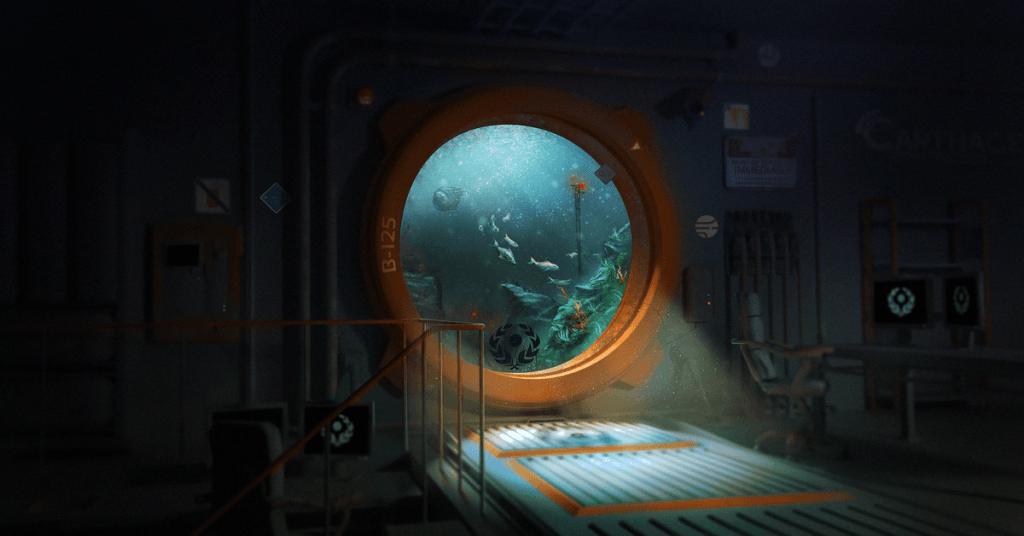
Are You Human?
So yes, SOMA tries to juggle a lot of different parts of humanity in one. For starters, you have Simon: an artificially created echo of a man dead almost a century before who can think, feel, and experience all on his own. The Player Simon is not just a machine. He makes choices, feels fear, and shares all the same memories of the original Simon. This Simon wants to survive more than he cares for humanity surviving. The Player Simon is selfish and cruel, willing to sacrifice to make sure they live. But SOMA also asks the player often if this Simon is living at all? After all, it is just a brain scan uploaded to the corpse of a dead man. Does his existence even matter in the grand scheme of life?
About halfway through SOMA, Simon has to make a choice. To survive the depths of PATHOS-II, protected from the life destroying comet via existing at the bottom of the ocean, Simon needs to upgrade his body. Catherine helps Simon build a new body, and transfer his consciousness to it. Except, it’s not a transfer. She helps Simon copy his consciousness to the new body, leaving a copy in the original Player Simon. That original wonders why he’s still strapped in a chair, and if the process worked. Assuring the new Simon that it is just an echo left behind, the player can have Simon shut-down that original body, or leave it strapped to its chair. After all, it is just a copy. Of you. A copy.
SOMA wants you to ask yourself what the human experience really is, and what makes a person a person.
Catherine herself is just a copy of the original Catherine Chun, a fact she does not hide away. She does not hide from Simon or the player that she is not Catherine Chun, but a scan taken from her dead original. But that doesn’t stop her from trying to launch the ARK, and her foundational belief that humans will live on through it. The ARK is full of these brain scans, built into a Utopian existence. To both the original Catherine and the digital Catherine, human experience continues regardless of the corporeal form. If a consciousness is locked in data, it’s still a human. If it can think and feel emotion, that’s existence. Right?
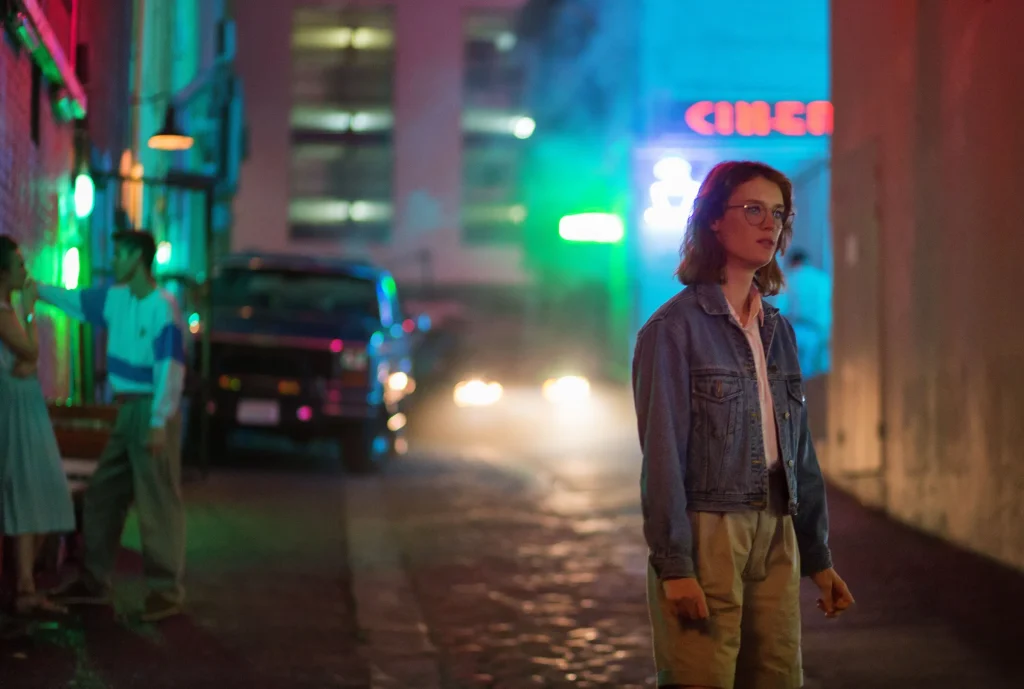
What It Means To Be Alive
The first time I played SOMA, I was struck by the experience unfolding in front of me. I immediately replayed it, wanting to grapple with the questions in an even deeper investigation. Over the next decade, I’ve replayed SOMA alone and with various friends, and all have been left stunned by the questions asked. Many horror games try to grapple with the human experience, but few do so with the clarity of SOMA. There is no subtext, no story you have to investigate to try and find the themes. It is all presented in full, given to the player on a golden platter. Frictional made a choice to tackle a popular idea of transhumanism in horror, but choose to do so from a different direction.
In my experience, media that tackles the idea of continued digital life beyond our bodies tends to do it before the choice has been made. Take the amazing Black Mirror episode “San Junipero,” built around elderly people enjoying youth and energy in a digital space. These elderly folks have the choice to stay in San Junipero, the digital world in question, forever — even after their physical deaths. The episode is focused on if that existence is worthwhile, or if accepting our mortal fate is part of the human experience (also, it’s just amazing television).
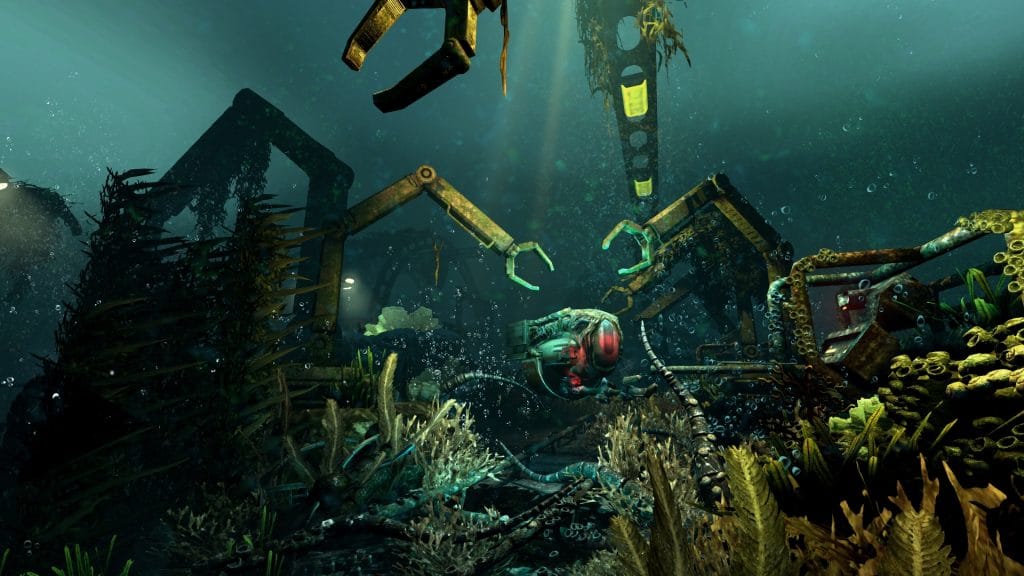
Heaven Is a Place on Earth
But SOMA doesn’t let you choose. Simon is a construct already. The nature of whether he should exist isn’t in question, because he does. What is in question, instead, is what is the nature of that existence. Does this Simon hold value, even though the original version of Simon physically died 100 years in the past? Or does the mere concept of this Simon existing already give him value? Is Simon’s experience valued the same way a flesh and blood born man is, or is he just a copy with a task to complete? All these years later, I still don’t have an answer.
To that end, SOMA culminates in duality. Simon is successful: the ARK launches, and Catherine is able to upload his consciousness into the ARK before it launches. The Player Simon watches the ARK blast out of PATHOS-II, to be safe in space until perhaps a future society pulls it down and finds the consciousness within.
But you don’t enter the ARK. You and Simon sit in the launch chair and watch it go. Simon rages at Catherine, wondering why the upload didn’t work. And Catherine explains that it did. A copy of Simon and a copy of Catherine are on that ARK. But they are still here. There is no moving consciousness, just copying it. And at that moment, Catherine’s systems overload and she disappears. PATHOS-II goes dark. And Simon is left alone in the shadows, asking why he was doomed to exist alone.
And then we see inside the ARK, as Simon and Catherine finally meet. Happy in the digital world, with no thought to their copies left behind.
After all, they were just copies.
Gary is a jack-of-all-trades video game enthusiast based in Boston, MA. A semi-professional fighting game player, even less professional Apex Legends player, and even less professional adult, he spends most of his time poking at strange indie gems and reading about the need for more diverse voices in gaming criticism. He invites anyone to recommend anything he's missed in the gaming world via Twitter or BlueSky, where he can found under the username @grtnpwrfl. When he isn't spending his time playing games, Gary is an avid New England Patriots fan and frequent hiker.


